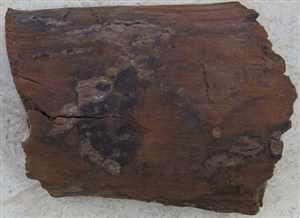Yohimbe (Pausinystalia johimbe)
Main Facts about Yohimbe

Using Yohimbe
It is a veterinary drug used to reverse sedation in dogs and deer. Yohimbine has been studied as a potential treatment for erectile dysfunction but there is insufficient evidence to rate its effectiveness. Depending on dosage, yohimbine can either increase or decrease systemic blood pressure; small amounts of yohimbine can increase blood pressure, while large amounts can dangerously lower blood pressure.Caution!
There is a relatively small dosing range--below it, the herb doesn’t work and above it the herb is toxic. Side effects of normal dosages may include dizziness, nausea, insomnia, anxiety, rapid heartbeat, and increased blood pressure. As little as 40 mg a day can cause severe side effects, such as dangerous changes in blood pressure, hallucinations, paralysis. Overdose can be fatal. Large doses of yohimbe have caused priapism. Serious adverse effects of overdose may include seizures and kidney failure. Yohimbine should not be consumed by anyone with liver, kidney, or heart disease, or a psychological disorder.Cooking with Yohimbe
There are no natural food sources of yohimbe. The bark extract is sometimes used to make a tea.| Yellow dock |